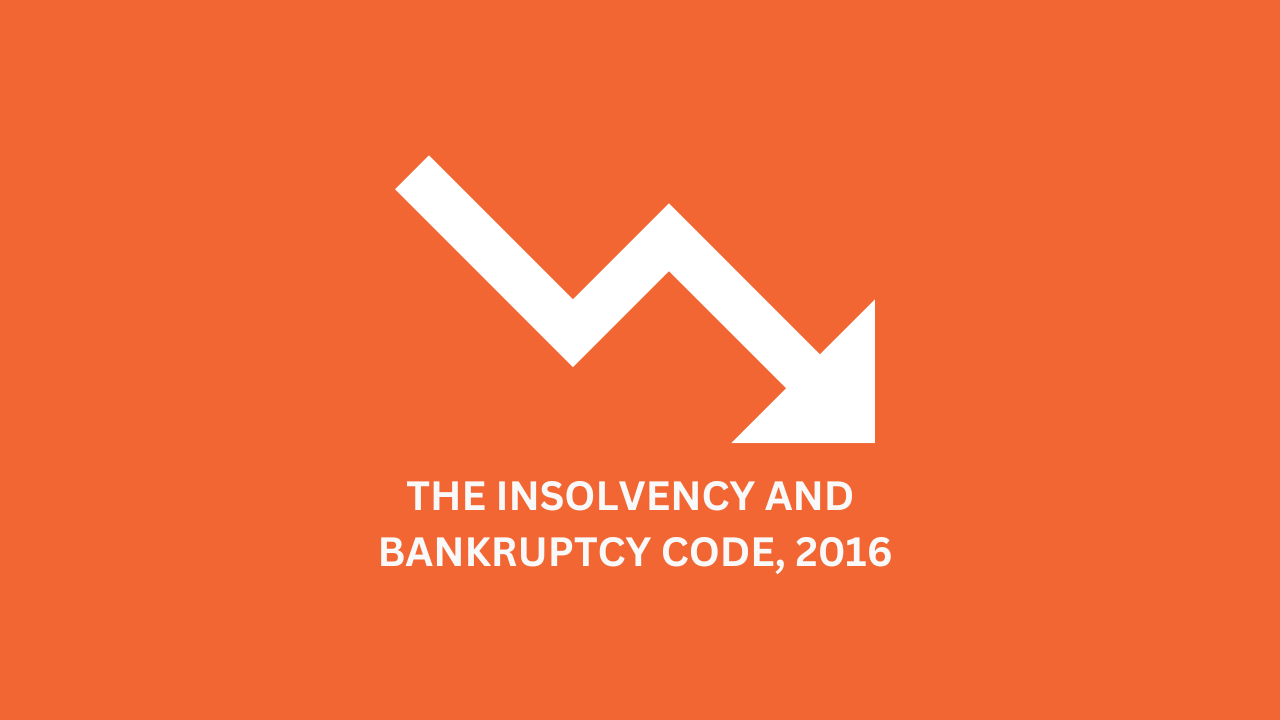
The Partnership Act of 1932 stands as a cornerstone in India’s legal framework governing partnerships. Enacted to regulate the operation of partnerships across the country, this Act outlines fundamental principles, rights, and obligations governing partnerships. Let’s look into the key aspects of this significant legislation.
The Partnership Act of 1932 provides a comprehensive legal structure for partnerships in India. It defines the rights and duties of partners in a partnership firm, clarifies their liabilities, and establishes rules for the dissolution of partnerships. This Act applies to all partnerships formed in India, except those expressly excluded by law.
To better understand the evolution of partnership laws in India, here’s a comparative look at the Partnership Act of 1932 and the LLP Act, 2008:
Aspect | Partnership Act of 1932 | LLP Act, 2008 |
Legal Status | Not a separate legal entity; partners are collectively seen as the firm | LLP is a separate legal entity distinct from its partners |
Liability of Partners | Unlimited liability for debts and obligations of the partnership | Limited liability; personal assets protected beyond agreed contribution |
Formation | Formed by agreement among partners | Formed by registration with Registrar of Companies (RoC) |
Minimum Number of Partners | At least two partners required | At least two partners required |
Management | Partners manage the business directly | Managed by designated partners or as per LLP agreement |
Registration | Not mandatory; partnership operates informally | Mandatory registration with RoC |
Name | No specific guidelines; name usually includes partners’ names | Must comply with RoC guidelines; must be unique |
Annual Compliance | Limited formal compliance requirements | Requires filing annual returns and maintaining accounts |
Liability Protection | Partners jointly and severally liable | Partners’ liability limited to their contribution |
Termination | Dissolution process outlined in the Act | Dissolution and winding up process specified |
The Partnership Act of 1932 remains a vital legal framework governing traditional partnerships in India. It lays down foundational principles for partnership formation, operation, and dissolution, emphasizing the mutual rights, duties, and responsibilities of partners. While the advent of the LLP Act, 2008 introduced a modernized structure with limited liability benefits, partnerships under the 1932 Act continue to play a crucial role in India’s business landscape, especially for smaller enterprises and professional firms.
Understanding these legal provisions is essential for anyone considering entering into a partnership in India, ensuring compliance and informed decision-making in business ventures. For further details on specific provisions or legal advice regarding partnerships, consult gakshayassociates.








